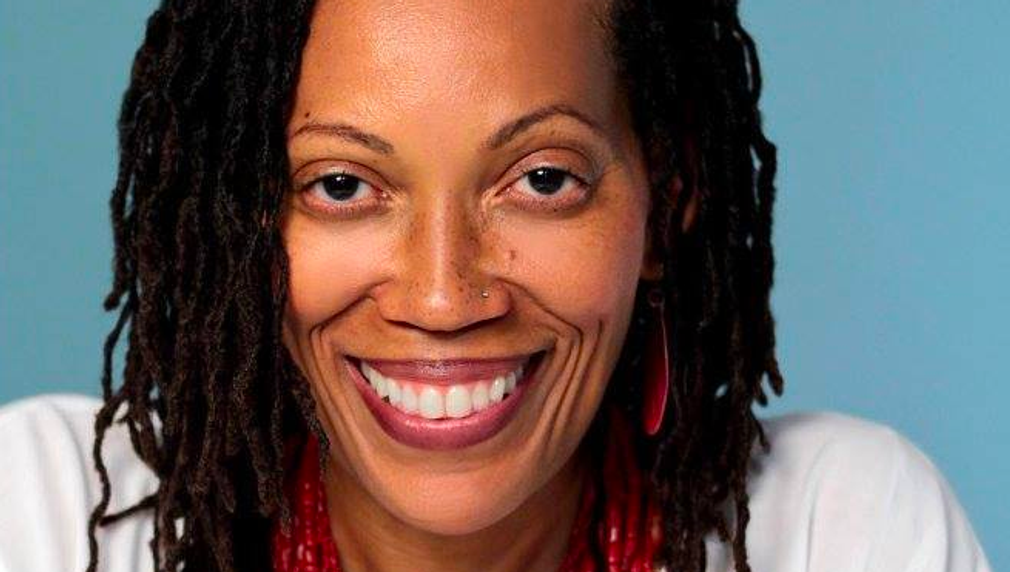A Safe Place to Breathe
A Safe Place to Breathe is a non-judgmental sexual wellness program designed to disrupt high risk behavior and improve mental wellbeing. The sex positive online interactive classes, mentorship and support groups help young people develop personal agency and self-regulation. They learn how to practice stress reduction and implement emotional intelligence to prevent sexually transmitted infections and unplanned pregnancies.

What is the primary issue area that your application will impact?
Support for Foster and Systems-Impacted Youth
In which areas of Los Angeles will you be directly working?
San Fernando Valley
County of Los Angeles
City of Los Angeles
In what stage of innovation is this project, program, or initiative?
Pilot or new project, program, or initiative
What is your understanding of the issue that you are seeking to address?
500,000 children are in foster care (Yi & Wildeman, 2018). Youth ages 17-19 transitioning out of foster care have the highest pregnancy risks; a 300% increase during this time period (Oshima, Narendorf & McMillen, 2013). In California, teenage girls in foster care are five times more likely to become pregnant than their peer group in mainstream society. They are also at greater risk of contracting STD's (Campa, Leff & Tufts, 2018). Nearly 13 million newly diagnosed STD's were reported among youth ages 15 - 24 (CDC, 2021). 60k pregnancies were terminated in this age group (CDC, 2019). They generally live without guidance. Unintended pregnancies impede their self-development and economic opportunities. They lack self-regulation and emotional intelligence which leads to poor decision making and it compromises their mental wellbeing (Salazar et al 2016).
Describe the project, program, or initiative this grant will support to address the issue.
The current sex education offered in the United States is either fear based, unsafe or incomplete. It is limited to nomenclature, birth control, condoms or judgement that is non-affirming. A Safe Place to Breathe is a non-judgmental, inclusive, culturally competent emotional intelligence curriculum that focuses on personal development and sexual wellness in a sex positive context. It helps foster youth identify harmful health behaviors and guides them in personal agency. They are taught appropriate actions to minimize negative health outcomes. Our program implements stress reduction modalities and provides wrap around services to support their mental and emotional wellbeing. Mentorship and a private consistent community provides protective factors that will help them learn how to make healthy lifestyle choices and develop affirming relationships. A consistent nurturing community is something that most foster youth need and desire. A Safe Place to Breathe will also provide wellness coaching which implements positive psychology to assist youth in finding their personal motivation for sustainable healthy lifestyle change.
Describe how Los Angeles County will be different if your work is successful.
I plan to complete and evaluate the pilot program, launch a successful App or HIPPA compliant virtual community and begin group coaching/classes. Mindful Movement, Emotional Intelligence, Stress Reduction and Effective Role Playing are some of the topics that will be covered. Individual mentor/mentee assignments will be appointed. Reinforce positive psychology, mindful awareness and emotional literacy in the virtual community. Provide wrap-around services/referrals for mental health, substance misuse, gynecology and urology. In addition to impact evaluation, pre & post surveys regarding personal agency, stress management, mental/physical health, self-governance and employment will be measured. Success will be defined with at least 40% of App users experiencing 80% greater self-efficacy with self-regulation. The quality of life for foster youth in Los Angeles will improve in at least 2 of the aforementioned areas when my work is successful.
What evidence do you have that this project, program, or initiative is or will be successful, and how will you define and measure success?
I've prepared for success with five years of research regarding foster youth. Working with universities, NAMI (National Alliance of Mental Illness), drug rehabilitation centers & community key opinion leaders. I've learned that emotional intelligence reduces maladaptive behavior. Research proves that even employers value these qualities. The World Economic Forum reported that by 2020, emotional intelligence would be the sixth most required skill of the workforce. Increasing the foster youth’s ability to acquire gainful employment can decrease homelessness and criminal activity. Implementing social emotional skills can positively counteract some adverse mental health issues. Emotional intelligence improves academic success, positive lifestyle choices & reduces emotional distress. In addition to preventing STD's & premature parenthood, this program supports their ability to be self-sufficient. Success will be measured by improvement in aforementioned metrics with pre & post tests.
Approximately how many people will be impacted by this project, program, or initiative?
Direct Impact: 100
Indirect Impact: 10,000